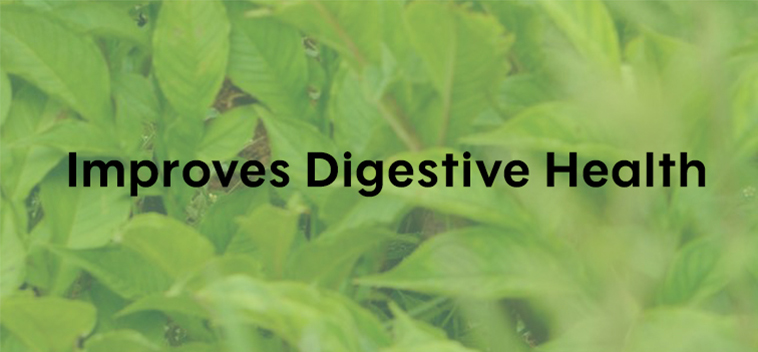What is Konjac?
The konjac plant (Amorphophallus konjac) grows on slopes 2000 to 4000 ft above sea level, where it enjoys the habitat’s clean air and water. Today, konjac plants are grown in Japan, Korea, and China. The edible part of the konjac plant is the root which resembles an oval shaped taro or yam potato. Some people call konjac noodles “yam noodles”. This is misleading as there is no yam at all; if it did contain yam, our pasta would contain a lot more starch and calories.
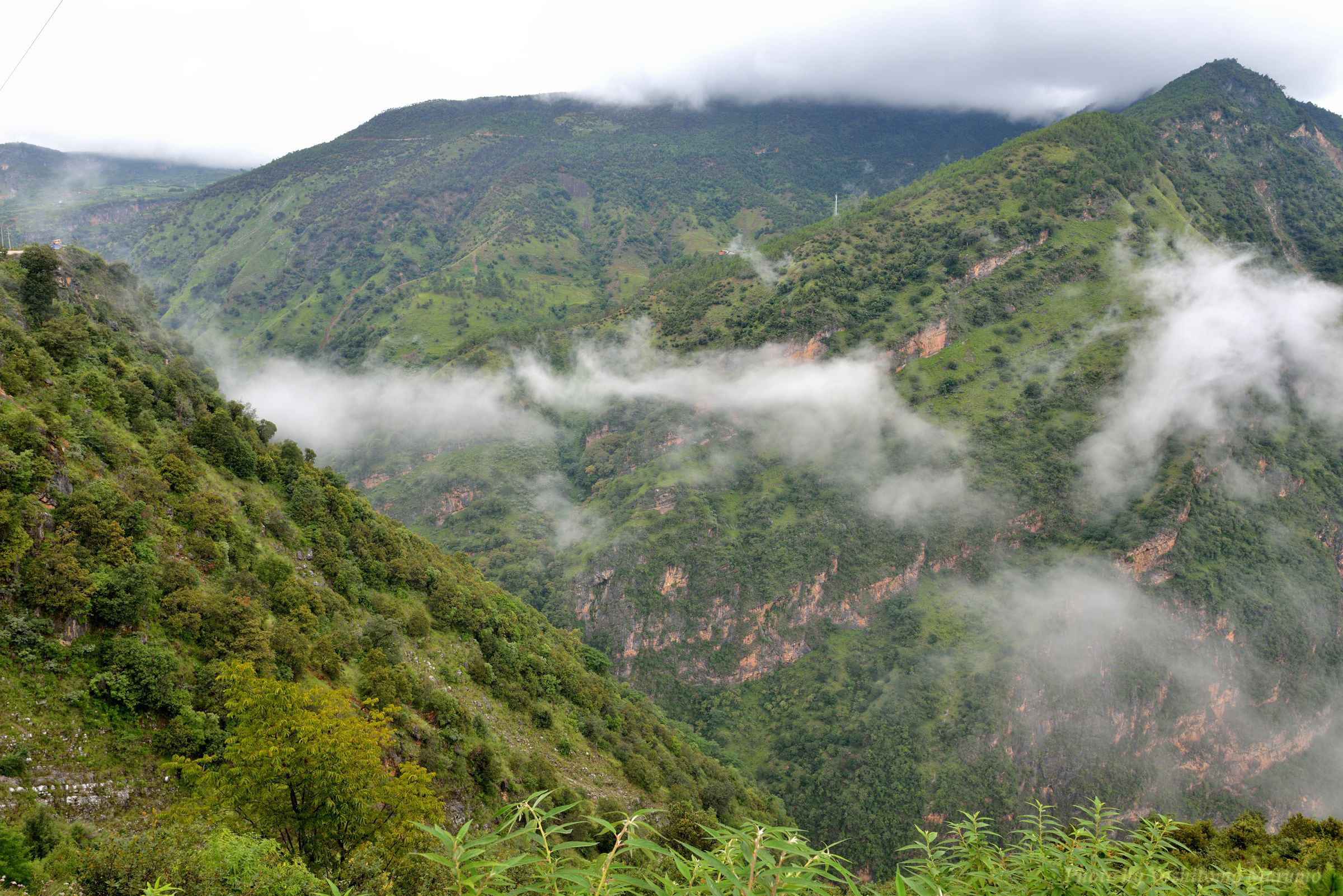
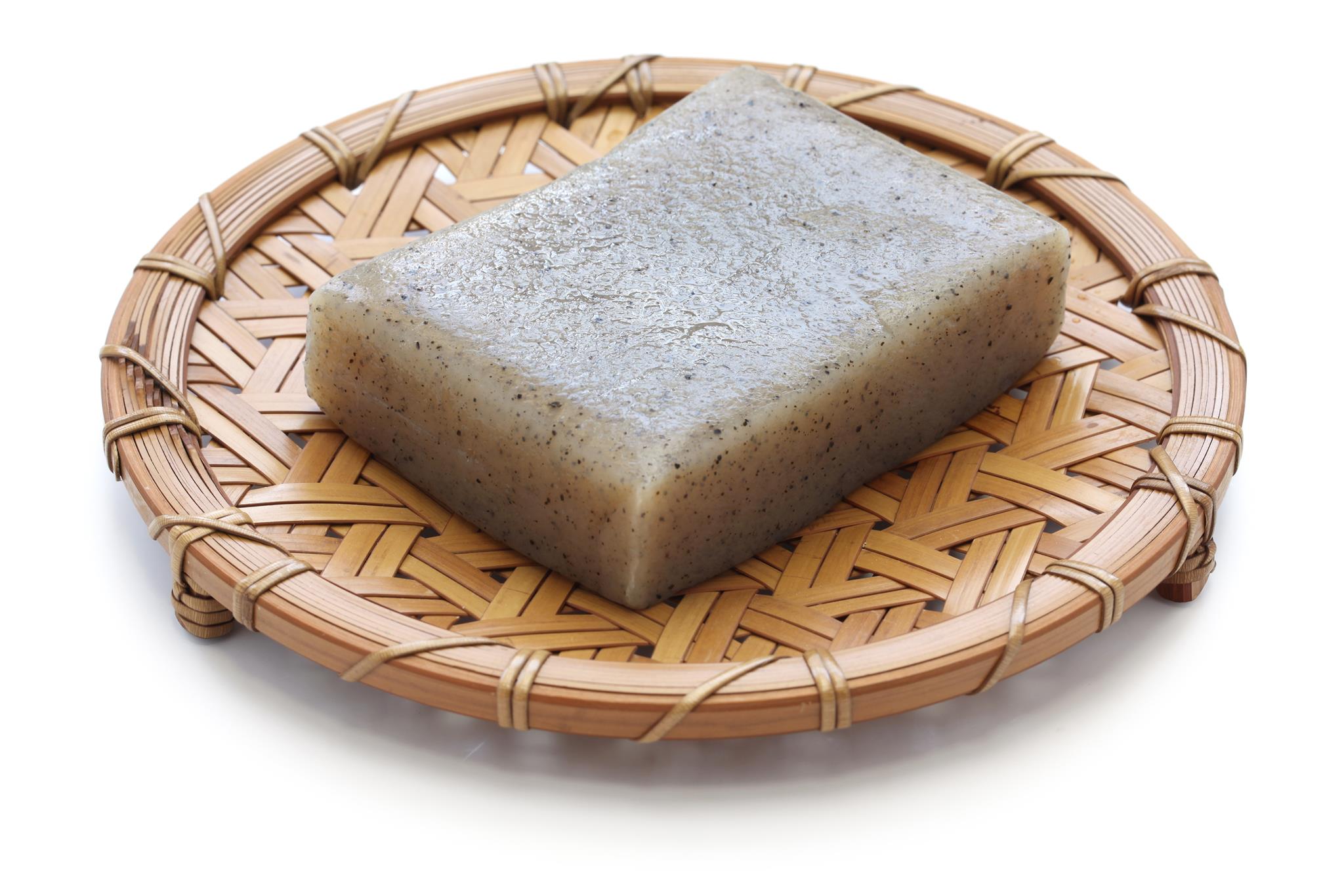
Konjac foods are very common in Japan and its health benefits are well known; Japanese grocery stores typically have more varieties of konjac foods (called konnyaku) than our varieties of pasta. This healthy food is largely unknown in Canada because it looks unfamiliar and is very “crunchy” to bite. nuPasta has reformulated konjac food to look and taste like pasta, to make this healthy food accessible to the Canadian consumer.
The main component of konjac food is glucomannan, a water soluble dietary fibre. Studies (see links in science and evidence) have shown konjac glucomannan is beneficial to our health in many ways:
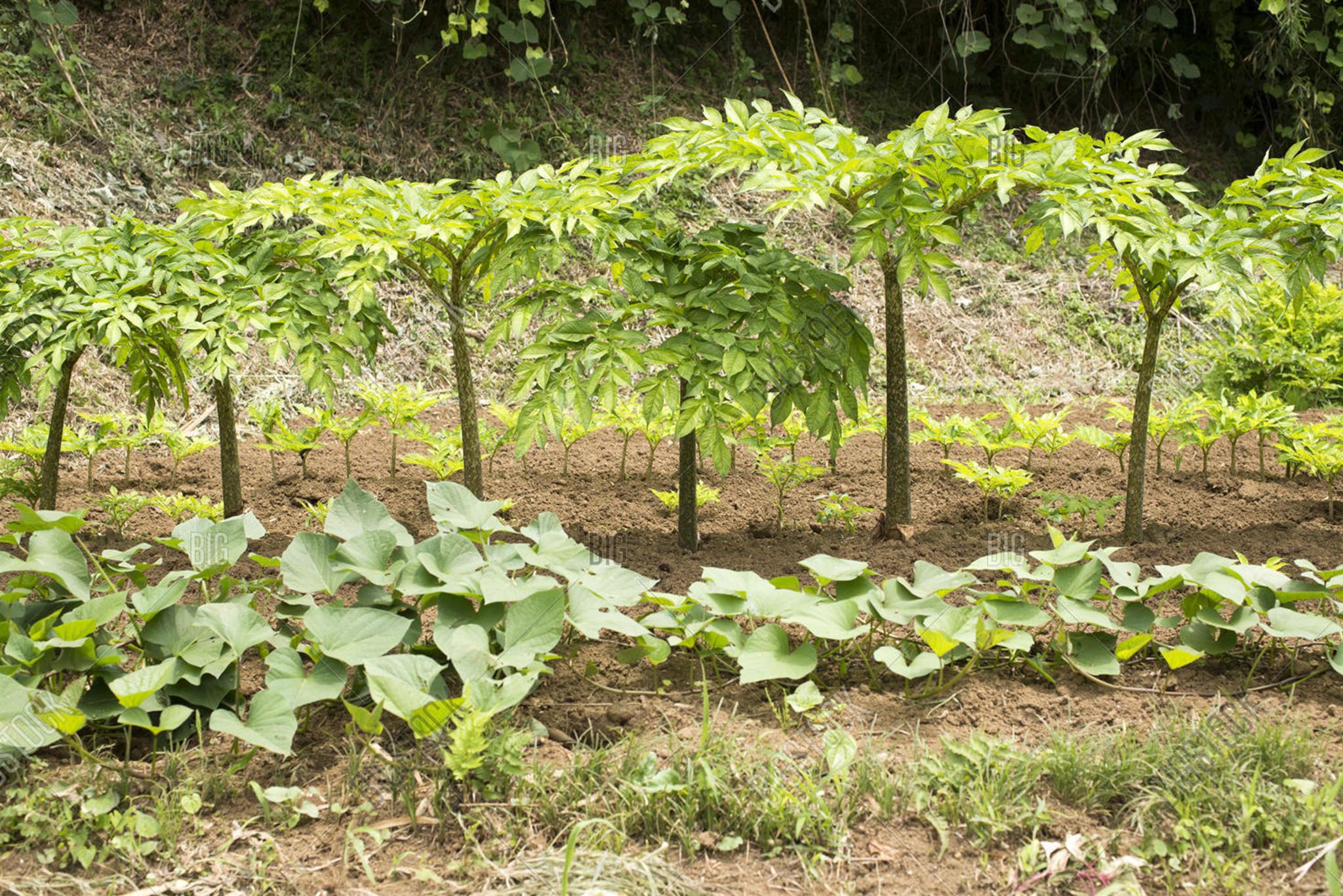
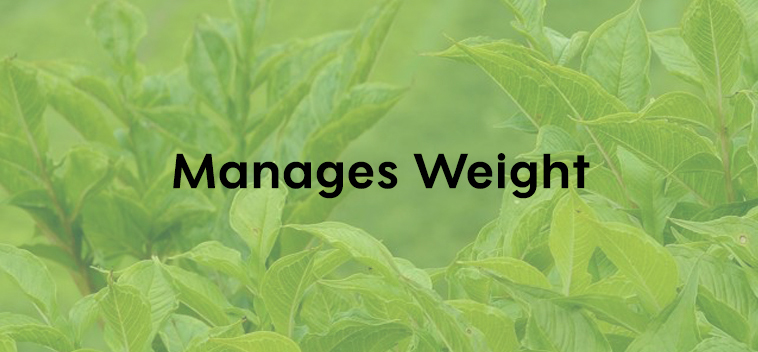
Glucomannan fills the stomach and slows the digestion process. This allows the consumer to feel full without many calories, reducing the urge for heavy meals or snacks.
Being a dietary fibre, glucomannan does not have any sugars or carbohydrates that will increase your glucose levels. Furthermore, it slows down the processing and absorption of sugars and carbohydrates from other food in your meal.

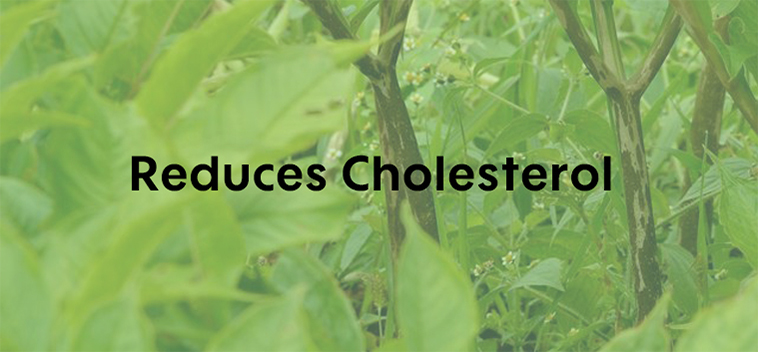
Glucomannan gel in the digestive system reduces the absorption of lipids such as LDL (bad cholesterol).
As with many food items that contain dietary fibers, glucomannan helps to improve your digestive health and regulates bowel movements.
